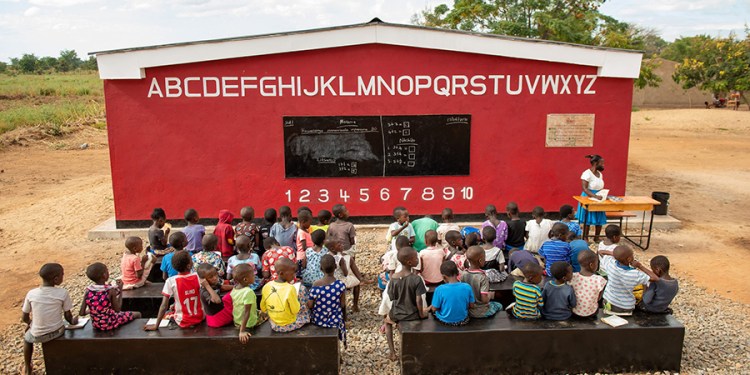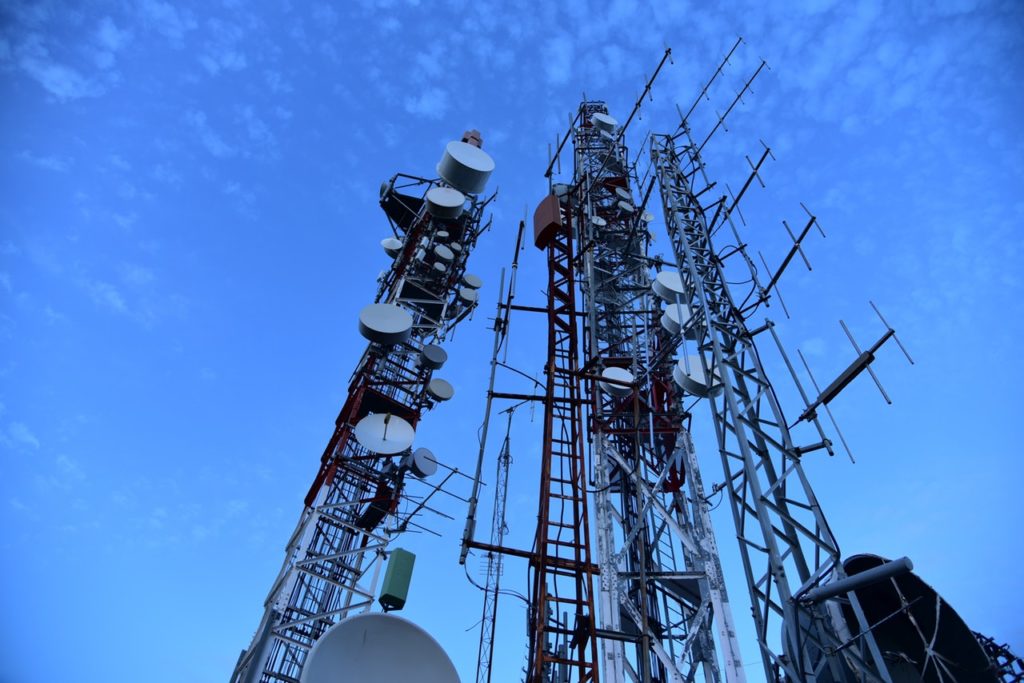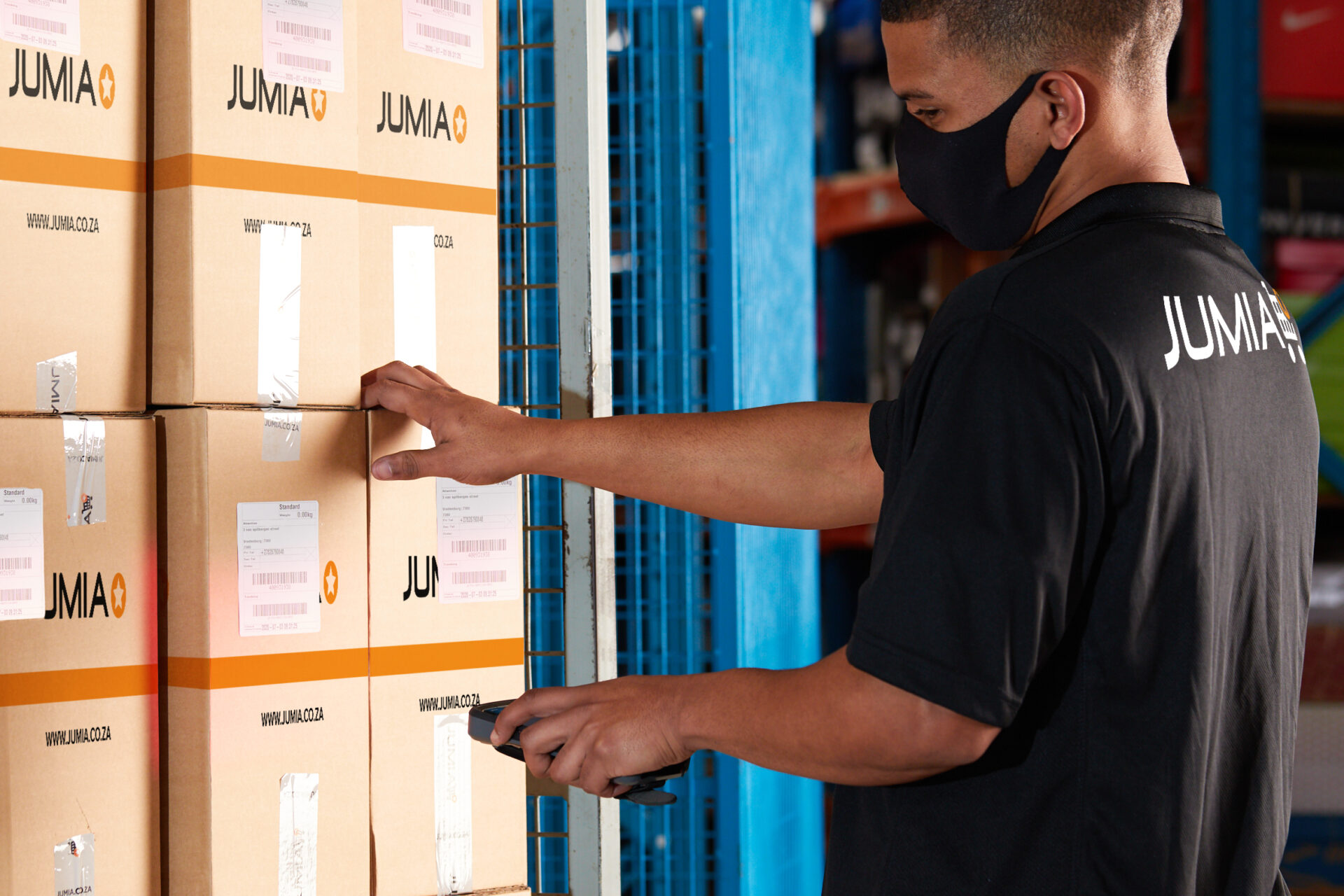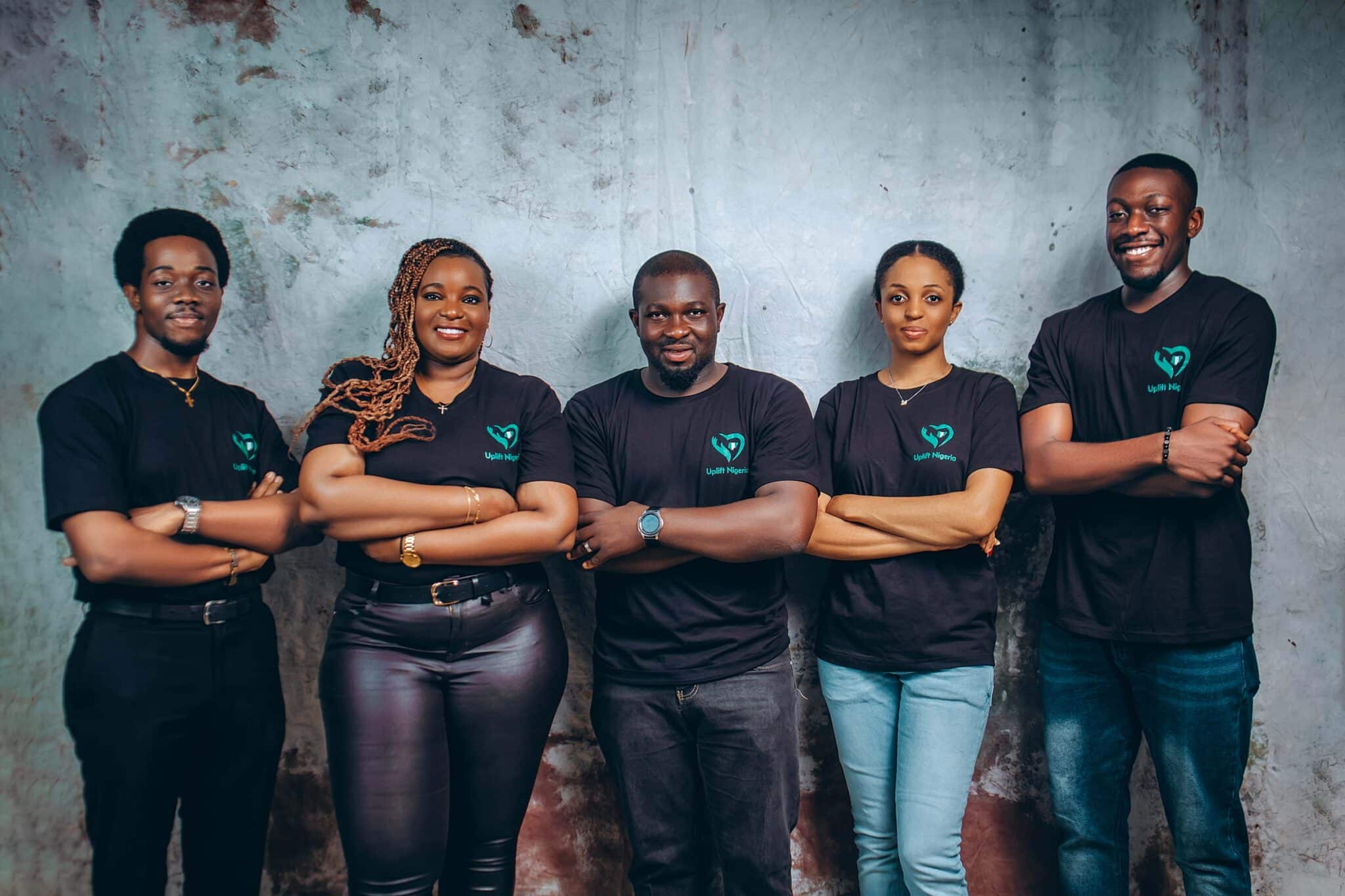The first 3D-printed school, a partnership between Holcim and CDC Group, has been unveiled in Malawi’s Salima district.
Reportedly printed in just 18 hours, the school was officially handed over to the Kalonga village community in Salima district, and students started lessons on June 21.
Miljan Gutovic, Region Head of Europe, Middle East and Africa at Holcim Group, said, “I am very proud of how our colleagues at 14Trees have deployed cutting-edge 3D printing technology to solve such an essential infrastructure need. Now that we’ve proven the concept in Malawi, we look forward to scaling up this technology across the broader region, with projects already in the pipeline in Kenya and Zimbabwe.”
Juliana Kuphanga Chikandila, Primary Education Advisor and a representative of the Director of Education, Youth and Sports in Malawi, revealed that the Salima district needs approximately 50 schools to meet the demand in the region as she expressed her belief that the new school would ensure that students who had left as a result of unavailable infrastructure would return.
The lack of infrastructure needed to teach students is a major challenge in most countries with low literacy rates. In Malawi, for example, UNICEF estimates that there is a shortage of 36,000 schools. Using conventional materials, it would take 70 years to bridge this gap, but 14Trees claims that it could take as little as 14 years with 3D printing.
In January 2021, Thinking Huts, a non-profit organisation, announced plans to build what would have been the world’s first 3D-printed school in the summer of 2021-2022 (December to March). Going by this development, it is a title they can no longer claim.
However, this points to what could be a game-changer for education in Africa. Unlike conventional buildings, with 3D printing, schools can now be built in days instead of months and at less cost. Building infrastructure is one reason many African children are out of school, and 3D printing could provide a way out. But this could come at a cost.
Existing research on the effects of 3D printing on humans suggests that particles which form as materials are melted are small enough that they could be dangerous to the lungs. There is a growing body of evidence that points to its harmful effects, although more research is required.
While 3D printing could be good for education, should we be cautiously optimistic if it becomes a big deal?











